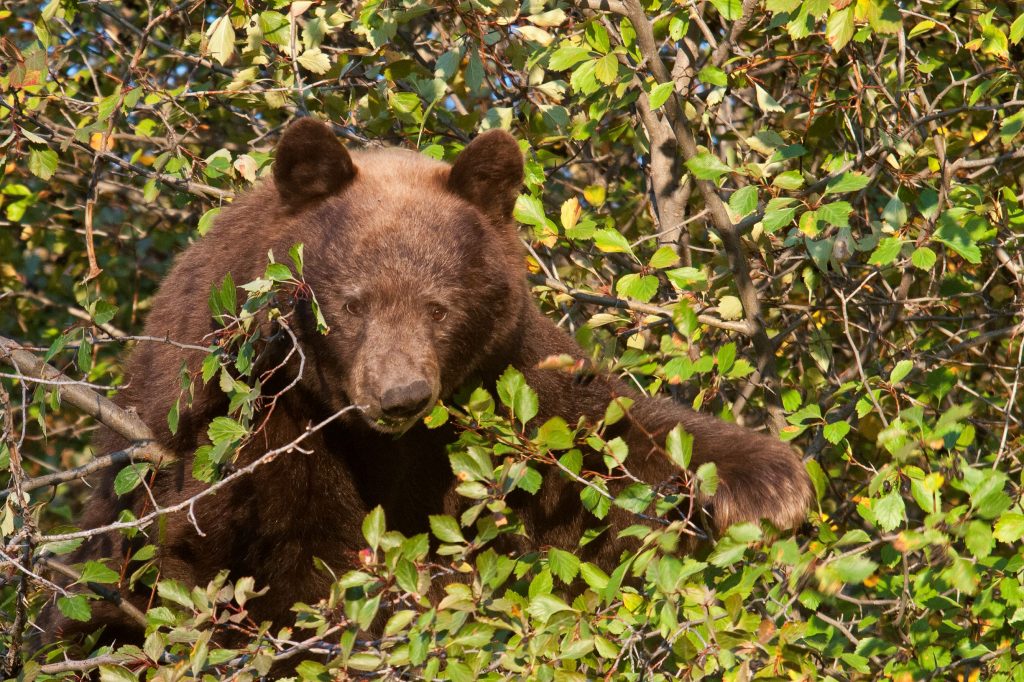In the News: 60 Minutes Highlights Grizzly Bear Research in Montana

On October 11, the CBS News Show 60 Minutes aired an in-depth feature story on grizzly bears in Montana and the impacts of the growing populations of both bears and humans in the state. In one segment, Bryce Andrews, Director of the non-profit organization People and Carnivores, discusses efforts by his organization to minimize human-bear […]
North Carolina Newspaper Features Huijser Interview
When the Citizen Times in North Carolina wants to know about wildlife crossings, its reporters call on WTI Road Ecologist Marcel Huijser. Columnist Bill McGoun interviewed Marcel about the installation costs of wildlife crossings and fencing for an opinion piece last week, entitled “In rural WNC, human must progress in harmony with wildlife.” As part […]
New Publication on the Effects of Wildlife Fencing
Road Ecology Researcher Marcel Huijser and his colleagues have a newly published journal article in Biological Conservation. “A fence runs through it: A call for greater attention to the influence of fences on wildlife and ecosystems” is one of the first empirical investigations of the interactions between fences, wildlife, ecosystems, and societal needs. It illustrates […]
